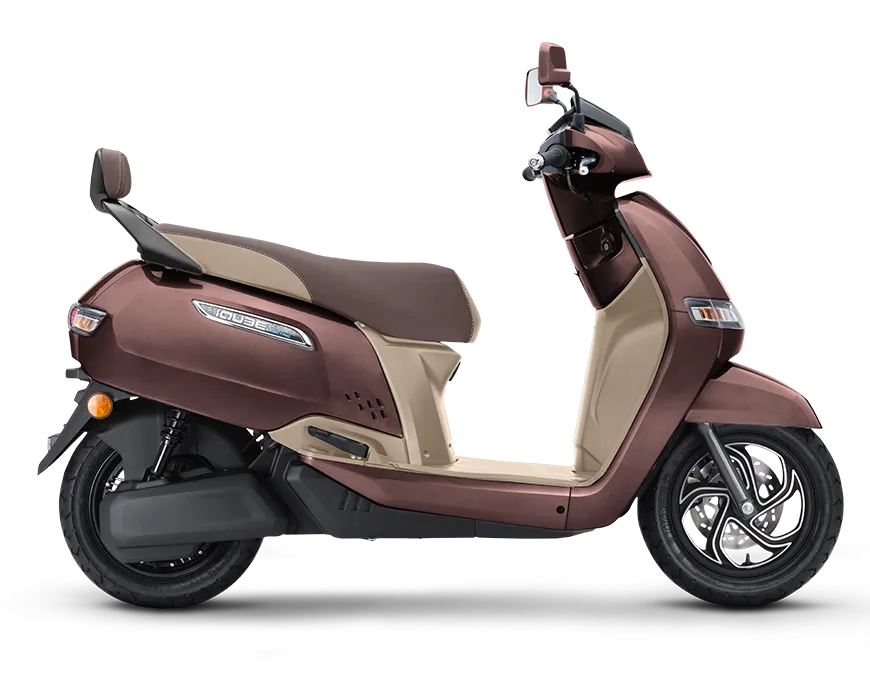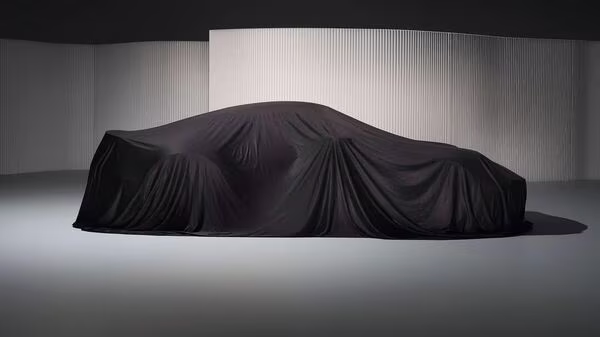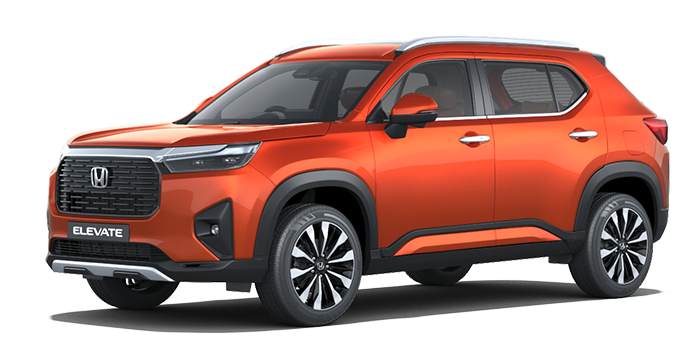India’s electric two-wheeler (e2W) market is surging ahead, with retail sales hitting a record 1.149 million units in FY2025—a 21% year-on-year increase and accounting for 58% of total EV sales. This explosive growth, fueled by government incentives, falling battery costs, and urban demand for affordable green mobility, has reshaped the competitive landscape. Once dominated by disruptors and startups, the sector is now witnessing a power shift: a legacy powerhouse and a tech-savvy challenger are scaling market share, margins, and reach, while leaving traditional giants Bajaj Auto and Hero MotoCorp scrambling to catch up. Meanwhile, the poster child of EV disruption, Ola Electric, is stumbling amid quality woes and governance scandals. As of August 2025, these dynamics are redrawing the two-wheeler map, with TVS Motor, Ather Energy, and Ola Electric at the forefront—though Ola’s lead is fading fast.
The Fading Star: Ola Electric’s Quality and Governance Tumble
Ola Electric, the Bengaluru-based disruptor that once commanded over 50% market share in 2024, is losing altitude in 2025. Its aggressive pricing and bold marketing initially forced legacy players to accelerate their EV timelines, but rapid expansion has come at a cost. By August 2025, Ola’s sales reached 18,972 units—a 31% YoY drop—slipping it to second place behind TVS and just ahead of Bajaj. Market share has eroded to around 18-19%, down from 48% in June 2024.
The culprits? Persistent quality issues and governance lapses. Customer complaints about faulty components, software glitches, and poor after-sales service have piled up, exacerbated by a whistleblower scandal in late 2024 alleging financial irregularities and supplier kickbacks. These have not only dented consumer trust but also invited regulatory scrutiny, with the Securities and Exchange Board of India (SEBI) probing Ola’s disclosures post-IPO. J.D. Power’s 2025 India Two-Wheeler Initial Quality Study ranked Ola low in the EV scooter segment, citing problems in battery charging and fit-and-finish.
Financially, Ola posted an EBITDA margin of -28.6% in Q1 FY26, with net losses widening 23% to ₹430 crore. Despite guiding for 5% margins and 35-40% gross margins by FY26 through its massive gigafactory in Tamil Nadu, the road ahead looks bumpy. Ola’s first-mover edge is waning as rivals build more reliable ecosystems, leaving it vulnerable in a market where service networks and product durability are king.
The Legacy Comeback: TVS Motor’s Quiet Scaling
Enter TVS Motor Company, the Chennai-based legacy player that’s methodically climbing to dominance. Once a laggard in EVs, TVS has flipped the script, leveraging its 80-year-old manufacturing prowess and vast dealer network to capture 23-25% market share by mid-2025. In August 2025, it led with 24,087 units sold, up from 19,736 in April, marking consistent top-spot finishes since overtaking Ola in that month.
TVS’s iQube scooter family—now including the ST variant with a 160km range and removable batteries—has been a hit, blending affordability (starting at ₹1.15 lakh) with practical features like a 7-inch TFT display and 34L boot space. Sales growth hit 154% YoY in April 2025, driven by rural penetration and B2B tie-ups with delivery fleets. The company now operates over 1,000 experience centers, expanding beyond southern strongholds to northern and eastern India.
Margins are improving too: TVS reported a 15% EBITDA margin in Q1 FY26, up from 12% YoY, thanks to 99% localization and cost efficiencies from its Hosur plant. With plans for a 150-180cc electric motorcycle and entry into e3Ws via the King EV Max, TVS is diversifying. As a legacy firm, it commands trust—J.D. Power ranked the iQube highest in scooter EVs with just 45 problems per 100 vehicles. By focusing on “balanced growth,” TVS is quietly outpacing flashier rivals, proving that scale and reliability trump hype.
The Tech Challenger: Ather Energy’s Margin-Driven Surge
If TVS represents steady legacy might, Ather Energy embodies the tech-focused disruptor done right. This Bengaluru startup, now a listed pure-play EV firm, has scaled to 17.3% market share by August 2025, with record sales of 17,856 units—a 65% YoY jump. It leads in premium urban pockets like South India and Gujarat, where its integrated ecosystem shines.Ather’s edge? A proprietary software stack (100% in-house) and hardware control (80% localized), powering scooters like the Rizta family model—launched in April 2024 and winner of Autocar India’s Electric Two-Wheeler of 2025. Priced from ₹1.10 lakh, the Rizta offers 160km range, Hyper Mode (0-40km/h in 3.3 seconds), voice controls, and a massive 34L under-seat storage, appealing to families. The AtherStack Pro Pack, an OTA-upgradable feature bundle, is adopted by 88% of buyers and contributes 6% to revenue at high margins.Financially, Ather narrowed Q4 FY25 losses to ₹237 crore from ₹284 crore YoY, with gross margins climbing to 28% on higher volumes. Its Ather Grid—India’s largest fast-charging network with 3,611 stations across 360+ cities—locks in loyalty, reducing range anxiety. Expansion plans include doubling capacity to 1.4 million units annually and 700 dealerships by March 2026. Trading at a 9x price-to-sales multiple (vs. Ola’s 7x), Ather’s focus on R&D and accessories like smart helmets is yielding sustainable growth, positioning it as the “Apple of EVs.”
| Player | Aug 2025 Sales | Market Share | YoY Growth | Key Strength |
|---|---|---|---|---|
| TVS Motor | 24,087 | 23.1% | +80% | Dealer network & reliability |
| Ola Electric | 18,972 | 18.2% | -31% | Scale, but quality issues |
| Ather Energy | 17,856 | 17.1% | +65% | Tech ecosystem & margins |
| Bajaj Auto | 11,730 | 11.3% | -30% | Declining amid competition |
| Hero MotoCorp | 13,313 | 12.8% | +180% | Late surge, but trailing |
Bajaj and Hero: Left in the Dust?
Bajaj Auto and Hero MotoCorp, pillars of India’s two-wheeler industry, are feeling the heat. Bajaj’s Chetak, once a contender, saw sales plummet 30% YoY to 11,730 units in August 2025, dropping it to fourth place with an 11% share. Despite profitability in EVs, Bajaj’s slower pivot to premium tech and network gaps have hurt it—especially as TVS and Ather encroach on urban markets.
Hero, the world’s largest two-wheeler maker, posted a stellar 180% YoY surge to 13,313 units via its Vida brand, but at 12.8% share, it’s still fifth. Late entry (2022) and focus on budget models like the Vida VX2 (₹75,000) have limited premium appeal, leaving Hero playing catch-up. Combined, these legacy duo hold just 24% share—down from combined dominance in ICE—highlighting how EV demands tech agility over sheer volume.
The Road Ahead: Consolidation and Electrification
As India’s e2W market eyes 25-35% penetration by 2030, the trio of TVS, Ather, and a recovering Ola will drive the narrative. TVS and Ather’s focus on quality, tech, and margins signals a maturing phase, where governance and service trump aggressive expansion. For Bajaj and Hero, it’s a wake-up call: innovate or fade. With FAME-III subsidies and 100,000 charging stations targeted by 2025, the map is being redrawn—but only the adaptable will lead the charge.



